#neo pictorialism
Explore tagged Tumblr posts
Text

Jim Ferreira
#neo-pictorialism#contemporary_photography#jim ferreira#tumblr_photographer#nostalgic#remembered_dreams
712 notes
·
View notes
Photo

T.
March 30, 2023
#photographers on tumblr#Black and White#Noire et blanc#noiretblanc#lensblr#pictorialism#original photography#man#Homme#visual poetry#lensculture#lensbr#artistic#portrait#emotion#feeling#neo noir#noir et blanc
117 notes
·
View notes
Text
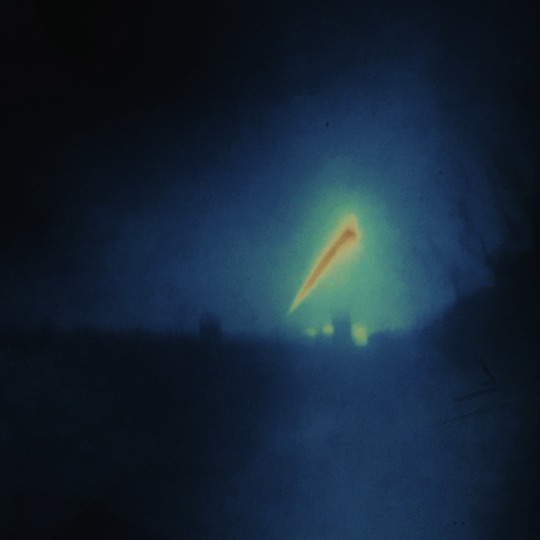
[•] veranismos de san juan _
27.6.23
#reverside#jolaver#photography#artists on tumblr#jorgeolaveriveros#fotografos en tumblr#fotografia#photographers on tumblr#jorge olave riveros#neo-pictorialism#contemporary photography#estenopeica#stenope#estenopo#pinhole photography#pinhole#solarigraph#solarigraphy#solarigrama#solarigrafia#sunprint#solargraph#valparaíso chile#valpo#valparaiso#fotografía#fotógrafos chilenos
1 note
·
View note
Text
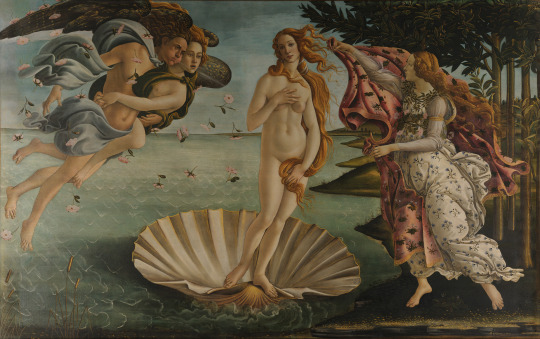
The Birth of Venus (1483-1485) 🎨 Sandro Botticelli 🏛️ Uffizi Gallery 📍 Florence, Italy
The painting was commissioned by Lorenzo di Pierfrancesco de’Medici, a cousin of Lorenzo the Magnificent. The theme was probably suggested by the humanist Poliziano. It depicts Venus born from the sea foam, blown by the west wind, Zephyr, and the nymph, Chloris, towards one of the Horai, who prepares to dress her with a flowered mantle.
This universal icon of Western painting was probably painted around 1484 for the villa of Castello owned by Lorenzo di Pierfrancesco de 'Medici. Giorgio Vasari saw the work there in the mid-sixteenth century – along with Botticelli’s other well-known Primavera – and described it precisely as "showing the Birth of Venus." The old idea that the two Botticelli masterpieces were created for the same occasion, in spite of their substantial technical and stylistic diversity, is no longer accepted. However, rather than a birth, what we see is the goddess landing on the shore of her homeland, the island of Cyprus, or on Kithera. The theme, which can be traced back to Homer and to Ovid’s Metamophoses, was also celebrated by the great humanist Agnolo Poliziano in the poetic verses of his Stanze. The Venus of the Uffizi is of the “Venus pudica” type, whose right breast is covered by her right hand and billowing long blond hair partially shrouds her body. The goddess stands upright on a shell as she is driven towards the shore by the breeze of Zephyrus, a wind god, who is holding the nymph, Chloris. On the right is the Hora of springtime, who waits to greet Venus ashore with a cloak covered in pink flowers.
The seascape, stunning for its metaphysical tone and almost unreal quality, is illuminated by a very soft, delicate light. Like Botticelli’s other masterpiece, Pallas and the Centaur, the Birth of Venus is painted on canvas - fairly unusual for its time - using a technique of thin tempera, based on the use of diluted egg yolk, which lends itself particularly well to give the painting that aspect of extraordinary transparency, which brings to mind the pictorial quality of a fresco. The figure recalls classical sculpture and is very similar to the famous Medici Venus found in the Uffizi, which the artist certainly knew. The real meaning of this dreamlike vision is still under scholarly debate and investigation but is undoubtedly linked with the Neo-Platonic philosophy, widely cultivated in the Medici court.
Like the Primavera, the Birth of Venus is also associated with the concept of Humanitas,or virtuous Humanity, a theory developed by Marsilio Ficino in a letter to the young Lorenzo. According to the interpretation by Ernst Gombrich, the work depicts the symbolic fusion of Spirit and Matter, the harmonious interaction of Idea and Nature. Nevertheless, the interpretations of this painting of extraordinary visual impact are numerous and diverse. The divine ethereal figure has been viewed as an allegorical representation of Humanitas upon her arrival to Florence, while the nymph holding out the cloak of flowers for the goddess may perhaps be identified as Flora, the same depicted in this masterpiece’s “twin”, the Primavera, where she may be seen instead as the personification of the city of Florence. From this work emerges clear evidence of Botticell’s strive to reach perfection of form that could rival with classical antiquity. It is for this reason that the humanist Ugolino Verino in his work Epigrammata, presented in 1485 to the King of Hungary, Matthias Corvinus, likened the Florentine painter to the legendary Apelles of Ancient Greece.
#The birth of Venus#Sandro Botticelli#Le Gallerie Degli Uffizi#Uffizi Gallery#Florence#Italy#La nascita di Venere#painting#tempera on panel#art#artwork#art history#Early Renaissance#Italian Renaissance#1483#1484#1485#italian#Renaissance
35 notes
·
View notes
Text
“As art historian Christopher Reed argues, ‘The Wilde trials seemed to reveal homosexuality as the secret behind the enigmatic passions of the Aesthetes, tainting the entire movement, all of its products, and even the idea of aesthetic sensitivity.’
Indeed, the modern identities of ‘the homosexual’ and ‘the artist’— both considered manifestations of innate predispositions—developed nearly simultaneously in the nineteenth century, as both creating art and committing sodomy moved from activities to ways of being. ‘Artistic’ quickly became euphemistic slang for ‘queer.’ Painter Paul Cadmus remembered how the association had transferred to the American scene by the 1930s. ‘They just said, ‘He’s an artist.’’ American psychiatrists, too described men suspected of homosexuality as ‘aesthetic in temperament.’ Thus when [Bob] Mizer [influential founder of the homoerotic Physique Pictorial magazine] adopted this language, praising [artist George] Quaintance for his ‘neo-aestheticism’ and imagining his audience as ‘the limited aesthetic group,’ he was signaling to and helping construct a distinct gay identity among his readers.”
David K. Johnson, Buying Gay: How Physique Entrepeneurs Sparked a Movement
22 notes
·
View notes
Text
@bluelucifer19 wrote:
I got trouble with Ask Ask so I'm moving to this box instead:
I am still trying to read your blog since the beginning but there's so many haha. Been trying to see if any couple things between them but not sure if this one mentioned yet (or may be I haven't reached this kinda topic posts yet) - the necklace. Jaehyun wears it a lot in this time solo content: MV, documentary....Easily to be seen in Roses: The way he sang "though that was good.." and slightly pull the necklace https://x.com/ADORE0214/status/1822925682017763540 and Doyoung in his concert anouncement: https://x.com/NCTsmtown/status/1793205425862856861 Don't know if that's their couple thing? There's no customize trace in the necklace so not sure if other Neos got it too.
----------------
I can only publish messages that I receive via "Send post/Submit", so I have to reply this way.
Tumblr doesn't allow to send links. This is why your Asks are rejected. You need to censor links in some way.
Link, Link2
These two chains are different, however, they share the motif of being made of small round beads. JaeDo didn't wear this chain model before.
And here is a chain that looks even more similar to the one Do wore for the poster. Jae went to LA in February, I think?
(All three chains have different size of beads, but connect the same way bead-bar-bead-bar).
I don't pay close attention to jewelry this year, however, three facts have been established over the years: 1) JaeDo like couply things, 2) silver (in colour) jewerly is their thing, they had same bracelets and similar chains in the past, 3) both of them demonstrate a couply item or a received item for a period of time, try to use it during moments that will be documented (like MVs, pictorials, vlogs).
For example, these converse. Jae wore them for the musical, Horizon, now his solo album. They should be from 2018 (or a copy of that model as a reminder). 127 advertised the brand back then and JaeDo appeared in the same model for EnNaNa shows (Johnny usually wore somethign different). It was the period of JaeDo jumping into couply action.
Identical chains/pendants are usually from the stylist, Jae and Do wear them on separate days. Their own items are similar in design or of the same brand.
This is the most striking example of JaeDo making sure fans get the memo. Do was like "kekeke, I saw Casper and had to buy it, here is a bunch of pictures with me in this new sweater" and never re-appeared in this sweater ever again. Jaehyun needed moral support back then, so Do did a big public gesture.

8 notes
·
View notes
Text

Considering Pride month is winding down, here’s a pinup of everyone’s favourite kinkily masked out-and-proud neo-country lonesome cowboy and the thinking person’s lust object de nos jours - Orville Peck! Seen here photographed by Brett Loudermilk for the June 2024 edition of Paper magazine. I love how this whole baby-oiled homoerotic photo-shoot deliberately evokes 1950s beefcake pictorials.
#orville peck#brett loudermilk#paper magazine#pride month#pride month 2024#pride 2024#country music#country singer#country and western#neo country#lobotomy room#lonesome cowboy#homoerotic cowboy#gay cowboy#lgbtqia#queer#cowpunk#happy pride 🌈#beefcake
18 notes
·
View notes
Text

Neo Rauch ‘The Apprentice’ 2015
Neo Rauch is one of Germany’s leading contemporary artists, known for his unique blend of realism and surrealism.
His works are characterised by a strong narrative quality and often present complex, dream-like scenes. Rauch’s paintings are imbued with rich symbolism and convey a sense of mystery and indeterminacy.
His painterly style is characterised by bold colours, precise lines and an unmistakable pictorial composition.
Neo Rauch has gained international recognition in recent decades and has had numerous exhibitions in renowned museums worldwide.
#moda 365#fashion#fashion blog#fashion blogger#fashion lover#fashion photography#vintage#vintage fashion#vogue#art#art history#history of art#neo rauch#contemporary artist#contemporary art#contemporary#bold colours#art of the day#german artist#artist of the day
6 notes
·
View notes
Text
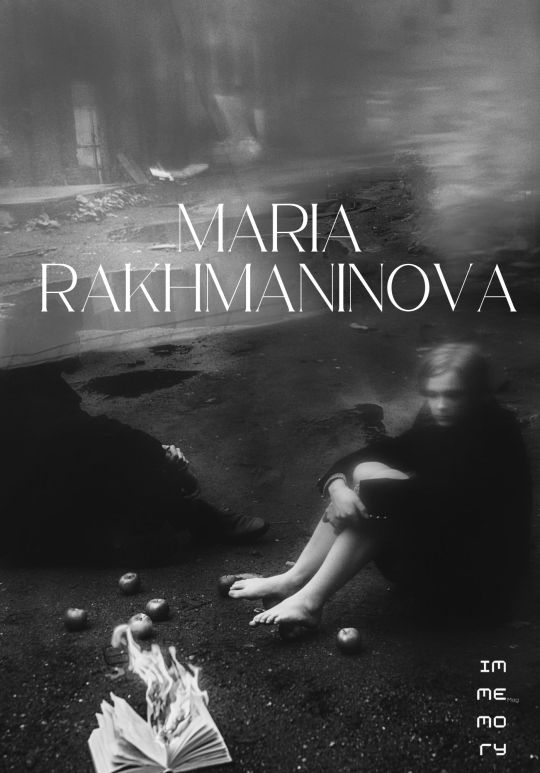




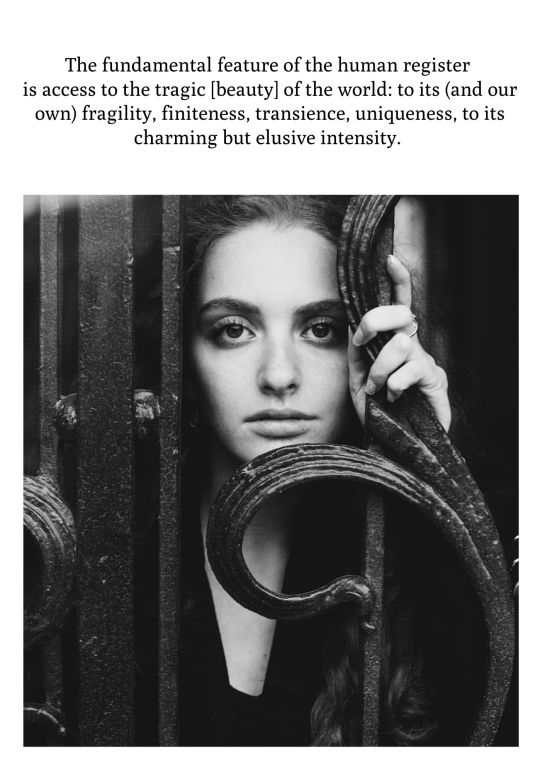

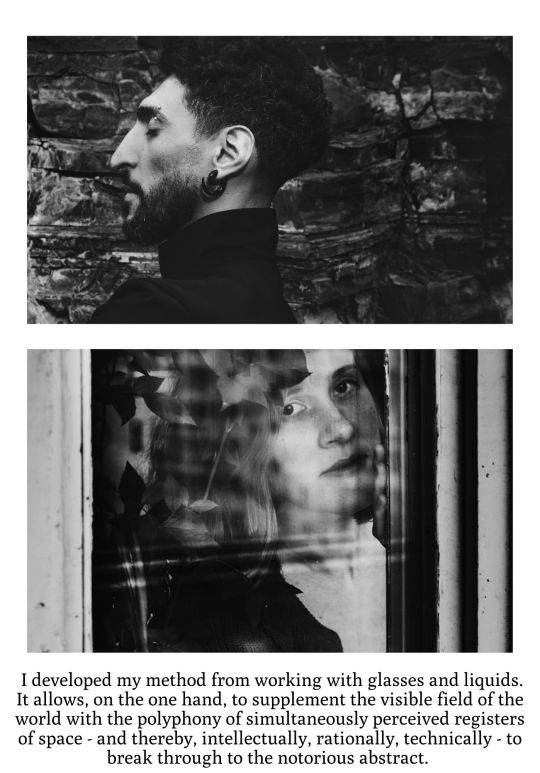
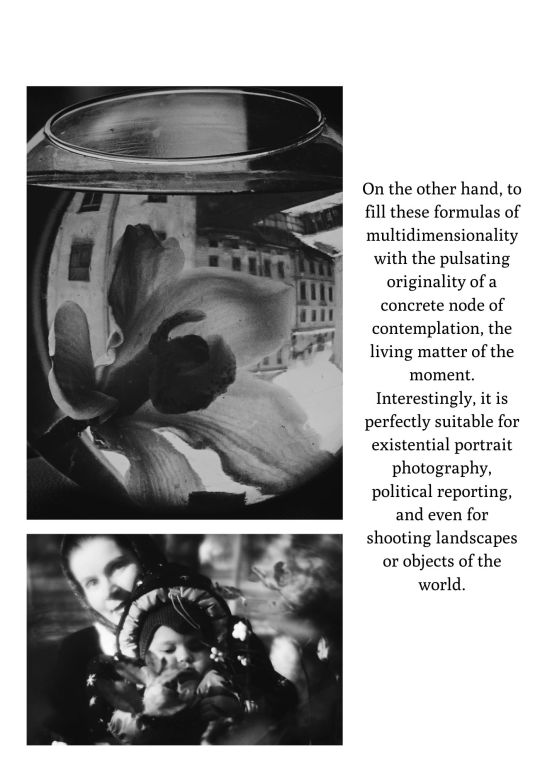

Maria Rakhmaninova, born in Moscow, lived and worked in St. Petersburg. By education, graphic artist, photographer, Doctor of Philosophy. Since the beginning of the war - political refugees. I work in the tradition of neo-Romanticism, combining pictorialism with my own artistic pursuits. For me, Visual art and philosophy have always been closely intertwined and interconnected. In my art, I always start from the fact that the visual can work as a portal, as a condition for access to the meanings and structures of our relations with the world, and they, in turn, can be given to us as text in visual languages.
The fundamental feature of the human register is access to the tragic [beauty] of the world: to its (and our own) fragility, finiteness, transience, uniqueness, to its charming but elusive intensity. Visual art is able to maintain this connection with it, which is lost in the ordinary view - a view focused not on being, but on possession (which, however, is not able to saturate due to its ghostly nature). I developed my method from working with glasses and liquids. It allows, on the one hand, to supplement the visible field of the world with the polyphony of simultaneously perceived registers of space - and thereby, intellectually, rationally, technically - to break through to the notorious abstract. On the other hand, to fill these formulas of multidimensionality with the pulsating originality of a concrete node of contemplation, the living matter of the moment. Interestingly, it is perfectly suitable for existential portrait photography, political reporting, and even for shooting landscapes or objects of the world.
#photography#art collective#photomagazine#culture#art#bnwphotography#female photographers#support female artists
7 notes
·
View notes
Note
my favorite thing abt the human centipede is that it can b abbreviated to THC. like WEED ! ! ! ! ! ! ! anyways can i ask a ww2 question how deep did nazis get into occult stuff ? i remember hearing abt them trying to do magic
IKR one time i got a thc ad and i was sitting there for fifteen minutes trying to dissect where the human centipede was before realising. Oh they're talking about The Weed. and YEUeuUS!!! !! i love discussing the history of the third reich
TL;DR of below: Himmler had strong neo-pagan beliefs that he incorporated into the SS through ritualistic ceremonies. He also sent teams across Europe in search of Thor's hammer and/or evidence regarding it because he believed it could be used as a weapon against the Allies. No, nothing came out of these expeditions. The spread of his occultist beliefs wasn't too successful because Himmler himself didn't think Germany was ready for such a shift into neo-paganism among other reasons
-------------------------
So Heinrich Himmler was the primary propagator of these occultist beliefs. He abandoned his Catholicism, finding its views on those he considered "subhuman" too merciful.
He sort of fused the ideas of pagan gods, pseudoscience, and Germanic myths into one religion he wanted the German race to follow. Thus began the neo-pagan doctrine established within the SS
There's a loooot to go over but Himmler believed in a Germanic god named Waralda, or The Ancient One. He organised ritualistic ceremonies for the SS, like solstice celebrations, SS weddings, and baby naming ceremonies. He sort of treated Mein Kampf like their holy book which is funny considering it's not even a well written piece of literature. Passages of the book were read during naming ceremonies and to open SS weddings
Himmler was also obsessed with Thor's hammer. Teams were sent across Europe in search of evidence and knowledge regarding it. He believed it was a war weapon, and that it could be used against the Allies. Here's his (translated, obviously) letter to the Ahnenberbe (a pseudoscientific organisation he was involved with) about the hammer:
“Have the following researched: Find all places in the northern Germanic Aryan cultural world where an understanding of the lightning bolt, the thunderbolt, Thor’s hammer, or the flying or thrown hammer exists, in addition to all the sculptures of the god depicted with a small hand axe emitting lightning. Please collect all of the pictorial, sculptural, written and mythological evidence of this. I am convinced that this is not based on natural thunder and lightning, but rather that it is an early, highly developed form of war weapon of our forefathers, which was only, of course, possessed by the Aesir, the gods, and that it implies an unheard of knowledge of electricity.”
The spread of Himmler's beliefs also didn't go very far because he himself didn't think that Germany was ready for a complete shift into neo-paganism
Also something pretty funny, Himmler recruited a man named Karl Maria Wiligut into the SS because he claimed to have access to knowledge of ancient Germanic tribes by going into a trance. Himmler was unaware he was schizophrenic
#answered#ricky ww2 talk#there is SO much more about this to talk about but ya#just some of what i know on it
2 notes
·
View notes
Text
Is attending art school necessary to become an artist?
Jean-Michel Basquiat did not attend formal art school. Instead, he was largely self-taught and became known as part of the street art scene in New York City in the late 1970s and early 1980s. He gained prominence through his graffiti work under the pseudonym "SAMO" and later transitioned to more formal art settings, becoming a major figure in the neo-expressionist movement. His raw talent, distinctive style, and bold commentary on issues such as race and class distinguished him as a powerful force in contemporary art without traditional academic training.
Andy Warhol did receive formal art education. He studied commercial art at Carnegie Institute of Technology (now Carnegie Mellon University) in Pittsburgh, graduating in 1949 with a degree in pictorial design. His education and subsequent work as a commercial illustrator greatly influenced his later artistic style and approach, particularly in his role as a leading figure of the Pop Art movement. Warhol's use of mass production techniques, celebrity culture, and commercial imagery are often attributed to his early professional experiences and training.
Jackson Pollock did attend formal art school. He studied at the Art Students League of New York, where he was taught by Thomas Hart Benton, a leading American regionalist painter. Benton’s focus on rhythmic and dynamic compositions influenced Pollock's early work, although Pollock later developed his unique style, breaking away from his mentor’s realism. Pollock became known for his groundbreaking drip and action painting techniques, making him one of the most significant figures in abstract expressionism.
David Hockney attended art school and had a formal education in the arts. He studied at the Bradford College of Art in his hometown in England and later attended the Royal College of Art in London. Hockney gained recognition during his time at the Royal College, becoming a leading figure in the British Pop Art movement. His formal training helped him experiment with various media and styles, making him one of the most versatile and influential artists of the 20th and 21st centuries.
By ChatGPT
#jean michel basquiat#Basquiat#andy warhol#jackson pollock#david hockney#art#artist#Art school#Art student#education#Abstract#pop art#expressionism#painting#drawing#realism#Abstract artist#quote of the day#quotes
1 note
·
View note
Text

Jim Ferreira
#neo-pictorialism#jim_ferreira#contemporary_photography#contemporary_pictorialism#tumblr_photographer#surrealism#trees#artists on tumblr#dark art
235 notes
·
View notes
Text
3 Square Art - NOOBAA 23 | Non-Objective Abstract Art 5th Annual Exhibition
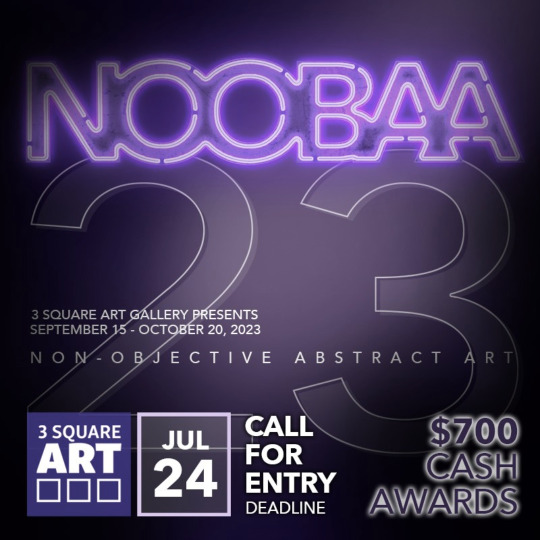
The theme of Non-Objective Abstract Art can refer to Non-Objective Art or Non-Representational Art, which does not seek to represent specific objects, people, or other subjects found in the natural world, but instead relies on shape, line, color and form with no particular subject. Non-Objective Art is a pure abstract style that typically uses geometric motifs on a shallow picture plane. Art that has no illusion of pictorial depth made by linear perspective in the image and is purposely devoid of any references to worldly things or object. Styles include pure abstraction, such as geometric abstraction, neo-plasticism (De Stijl), color field, lyrical abstraction, concrete art, and more but must be unrelated to objective reality. Juror: David Reif, Distinguished Professor Emeritus of Art at the University of Wyoming.
$700 in cash awards
DEADLINE: July 24, 2023
For more information: https://www.theartlist.com/3-square-art-noobaa-23-non-objective-abstract-art-5th-annual-exhibition
#art#art call#art exhibition#Non-Objective Abstract Art#NOOBAA 23#3 Square Art#Non-Objective Abstract Art 5th Annual Exhibition#TheArtList#Call to Artists#abstract art
0 notes
Photo
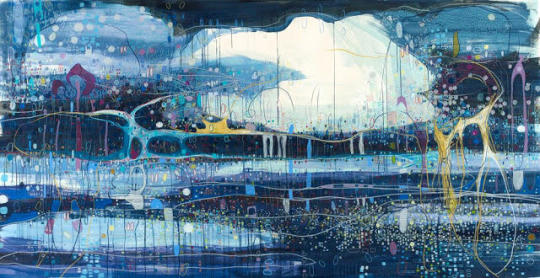
Representation Matters
How do we express ourselves through art? We express ourselves through art depending on our perspective and understanding on what art we’ll do. We can express art through different forms like dancing, painting, singing, acting, and even venting or ranting to release emotions. One main factor as to how we express ourselves is by letting our emotions and feelings take over.
We always express an artwork metaphorically. Different ways of expressing ourselves like representation, exemplification, and metaphor depending on what we want to convey to the audience is important. And by that, every artwork represents something. Every person has their own interpretation and we are all allowed to have our own interpretation just like the artist.
One theory that I learned and caught my attention for pictorial representation was the Neo-naturalist Theory of Pictorial Representation. In this theory, it implies that photos ought to be viewed as unique and vivid encounters that imitate our regular impression of the world. Pointing out that a picture's meaning is determined by the context in which it is shown and how the viewer interprets it. When interpreting images, it emphasizes the necessity of taking into account the perceptual and cognitive processes of the viewer and the significance of context in comprehending their meaning.
As someone who was a part of the performing artists, non-pictorial representation theories were the most interesting part for me in the discussion. Lexical Non-Pictorial Representation was the one that also caught my attention because I was a part of a choir and this representation refers to the ideas, concepts, and things using words and language rather than images or pictures. This type of representation is central to human language and thought and essential for communication. As a flexible and adaptable means of expressing concepts and ideas, it is essential to human communication and thought. Language is an essential tool for conveying meaning and comprehending the world around us due to its precision and complexity, despite its limitations.
0 notes
Text
Walter Leblanc
Walter Leblanc (1932 – 1986) is an important Belgian figure of European post-war art. Over the years, he has built an extremely coherent oeuvre staging light without artifice or any disrupting elements. Within the international, neo- avant-garde network of the Nouvelle Tendance, ZERO, op art, kinetic art, concrete art and (neo)constructivism, Leblanc gained both national and international recognition.
Jan Hoet described Walter Leblanc as “an artist who deserves a place in the international pantheon of art".
After graduating from The Royal Academy of Fine Arts in Antwerp, Leblanc became a founding member of the Antwerp avant-garde group G58. The exhibition ‘Anti-Peinture ‘(1962), which he curated at G58-Hessenhuis, served as his manifesto. After a figurative, abstract and subsequent monochrome period, Leblanc put the paint away for good. In 1959 he began to introduce the ‘torsion’ as an important pictorial element in his work. These torsions – made from cotton threads, plastic or metal – allowed him to bring motion, light and vibration into his reliefs and sculptures.
Leblanc actively participated in ground-breaking international exhibitions such as Monochrome Malerei (1960, Leverkusen), The Responsive Eye (1965, MoMA, New York) and Serielle Formationen (1967, Frankfurt am Main). In 1964 he won the prestigious Young Belgian Art Prize and in 1970 he took part in the 35th Venice Biennale. From 1977 until his early death in 1986, Leblanc was teaching at the Instituut voor Architectuur en Stedenbouwkunde (NHIBS) in Antwerp.
His work is part of many important museum and private art collections worldwide, such as Centre Pompidou (Paris), Tate Modern (London), Museum Kunst Palast (Düsseldorf,) Josef Albers Museum (Bottrop), Stedelijk Museum (Amsterdam), S.M.A.K. (Ghent), Mu.Zee (Ostend) and The Fine Arts Museums (Brussels).

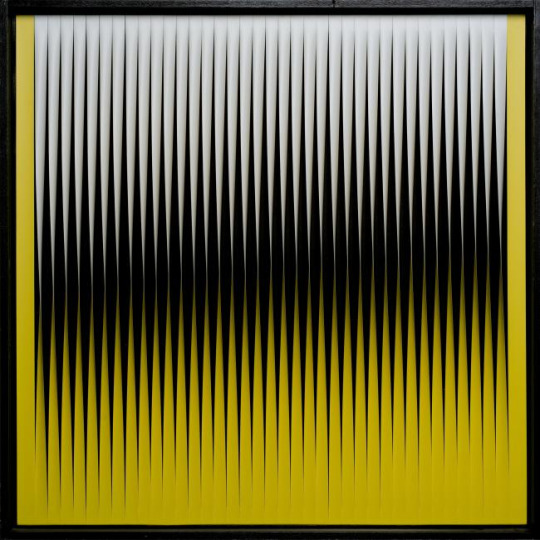
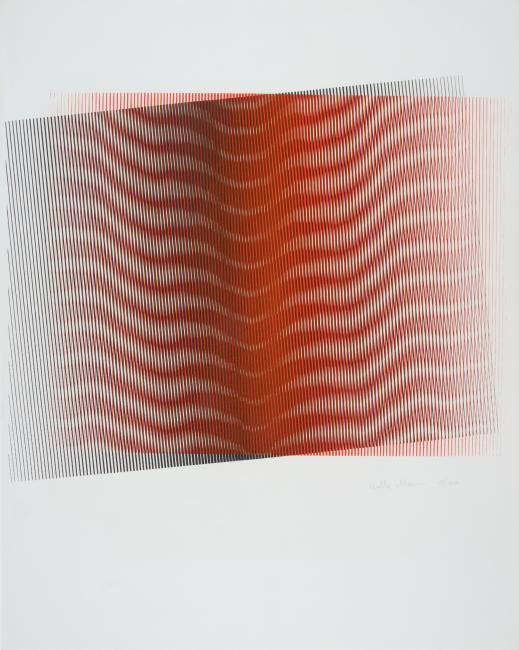
0 notes
Photo

Winter’s end
2022
#Street Photography#urban photography#urban exploration#Moscow#Black and White#bw-aesthetic#Noire et blanc#noiretblanc#neo noir#architecture#photographers on tumblr#imiging#church#god#religion#christianity#eastern europe#everydayeasterneurope#street poetry#pictorialism
137 notes
·
View notes